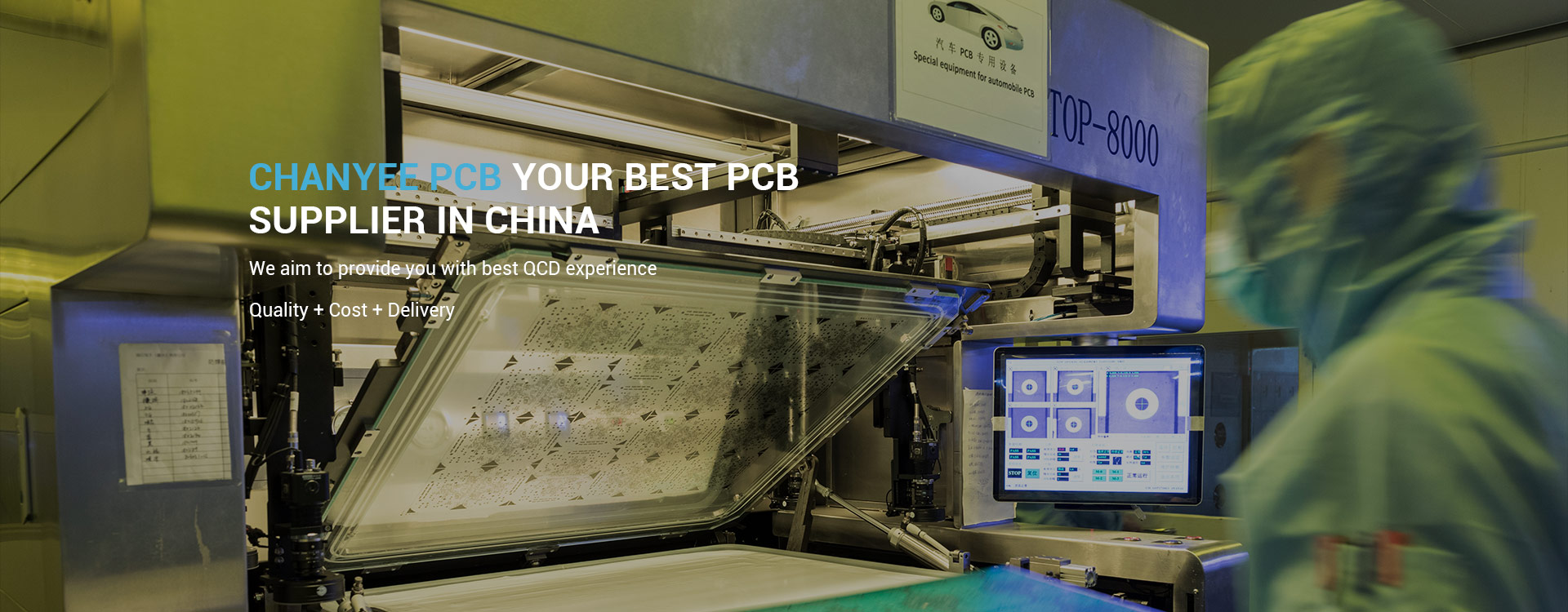Without a doubt, automotive PCB design is one of the toughest challenges facing electronics engineers. In-vehicle electronics must actually operate under the harshest conditions while ensuring high reliability and long life. The weight, size, and cost of the solution must be included, and the circuit must be able to manage analog, digital, or mixed signals. Layer count, trace routing, signal termination, and current path identification are just some of the choices a PCB designer must face. It should also be emphasized that automotive PCBs must meet electromagnetic compatibility (EMI) requirements and comply with international automotive standards from the initial design stage.
To meet stringent space, weight, and cost requirements, the automotive industry uses different types of PCBs, which vary in construction and the type of material or substrate used.
The main types of PCBs for automotive applications are as follows:

Related Category
———

Related News
———
FAQ
———
The Printed circuit boards are responsible for interconnecting all the components in an electronic assembly. Just one small mistake in the design may lead to complete failure. PCB layout design requires extreme precision and great technical skills.
View MoreWhat Components Should Be Tested On A PCB?
All electronic products need to be tested even if they are accurately designed and professionally fabricated, as they can be prone to malfunctions and problems.
View MoreGuide to Common PCB Issues & Failures
Printed circuit boards (PCBs) are essential components of many electrical devices today, connecting different components through a complex array of circuits. Global demand for PCBs has risen rapidly — over the past eight years, total global sales of printed circuit boards have increased by an average of over $3.7 billion per year, with an increased focus on reducing conflict mineral supply chain i
View MoreWave Soldering or Selective Soldering – Which One to Choose and Why?
Soldering is one of the important processes in electronics. The process involves the joining and mounting of different electronic components onto the printed circuit board (PCB).
View MoreYou May Also Like
———

Over the past couple of decades, our roadways have transformed. This change is that vehicles are getting smarter. The advantages of this are many, including a significant shift of operation and safety responsibilities from the driver to the automotive sys

Electronic elements have been playing an increasingly active role in automotives. Currently, a top-level vehicle contains more than 200 electronic control units some of them are sensors and processors applied in car cockpit. It can be concluded that value

• Quality Assurance Requirement A basic demand of long-term quality assurance for manufacturers or distributors lies in a sound quality management system, that is, ISO9001 from international perspective. Owing to particularity of automotive industry, th

Automotive PCBs are the circuit boards used in automotive electronics from engine controls, anti-lock brake systems, GPS, to rearview cameras and front lights. Safety is the most important consideration for automotive PCB design and manufacturing. As mor

Automotive PCBs, before being installed on the vehicle, must pass a series of stringent tests, such as thermal cycling, thermal shock, and temperature humidity. The choice of the substrate material most suited to the specific application is therefore fund

PCBs used in automotive industry not only require the selection of a suitable material, but also a careful design that guarantees both the fulfillment of the requirements imposed by the applicable standards, and the ability not to encounter problems durin

Components placement and orientation plays a fundamental role in determining the performance, reliability and manufacturability of a board. The general rule is to place similar components on the same direction, thus facilitating both PCB routing and solde

Components that absorb more than 10mW or conduct more than 10mA should require appropriate thermal management, as well as power management components that should use ground planes or power planes for heat flow. Power and ground planes should be placed on

Larger components (usually the most important) shall be placed first, followed by smaller components. Moreover, analog or mixed components shall be placed on a dedicate area of the PCB, separating them from digital components.
